Antarctic PIA – First Expedition
Getting to the Southern Pole of Inaccessibility, or the Antarctic PIA, was always going to be a logistical challenge. Where the main obstacles to achieving the African Pole were man-made, in Antarctica you are up against a more formidable foe in mother Nature.
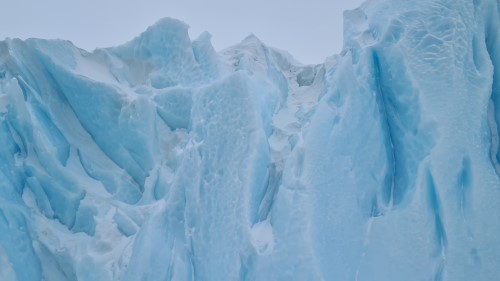
Planning the Antarctic Expedition
The obvious place to start was by consulting an expert in the field, that being Patrick Woodhead the owner of an operating company in Antarctica called White Desert. Patrick, you may recall, was the person who first introduced me to the concept of poles of inaccessibility on my trip to the Geographic and Ceremonial South Pole in 2016.
We discussed a few options and directions of approach. Should we use Arctic Trucks from the coast, attempt to pulk from the South Pole base or use specialised planes to get us as close as possible?
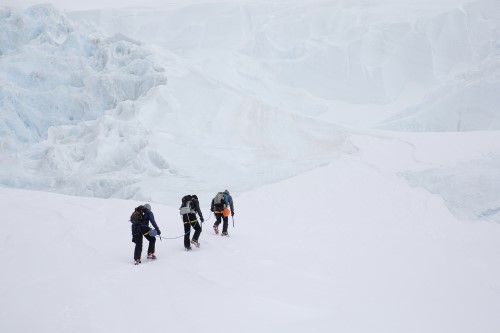
The conclusion was that the quickest and safest way was to use a Twin Otter plane out of their Wolf’s Fang operating base as one of the few planes that could land at the altitude of 3700m and without a prepared landing strip. The first refuelling stop would be at 78 degrees up on the plateau, thus checking operation at altitude. That would be followed by a second refuelling at 83 degrees (Dixie Camp), before the push to the PIA.
Antarctic Bound
Our first attempt at the Southern Pole started out from the UK on 28th December 2021 as the Omicron variation of Covid-19 was ripping through Europe. Despite many Western Nations penalising South Africa for testing their cases and ‘discovering’ the variant by cancelling flights to and from the country, we managed to get to Cape Town via The Netherlands.
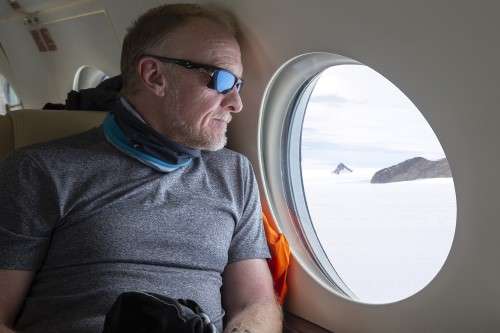
The flight into Antarctica was on a Gulfstream private jet – far removed from the Russian Ilyushin we used in 2016. Everything went smoothly and we established base at Wolf’s Fang.
Wolf’s Fang Coordinates
- Latitude: 71°31.4304’S
- Longitude: 8°48.3923’E
The very first day was typical Antarctic summer weather; clear skies, sunshine, and cold but relatively warm. The Twin Otter powered up and took us along the coast to visit a colony of Emperor Penguin’s. And that, dear reader, was the last good news…
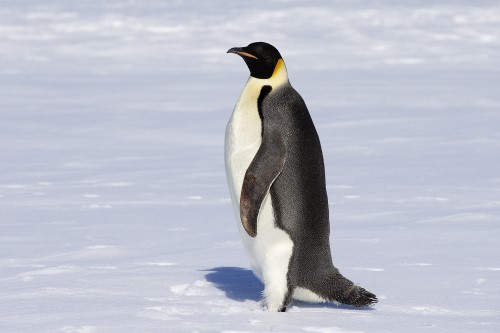
On the return journey the Twin Otter lost one of their two generators. This was to prove fatal for the whole journey. With only one operational generator it was too dangerous to attempt flights to any remote location, just in case the other one failed.
Here come the Antarctic Storms
Not long after this, the camp was hit by the biggest storm witnessed in Antarctica for at least 17 years – the longest experience of anyone involved in the operation. Winds hit gusts of over 120mph, the equivalent of a Force 4 hurricane. This, we were told, was unusually around the seventh or eighth storm of the season and, even more rarely (Antarctica being known as the ‘White Desert‘ after all) accompanied by precipitation.
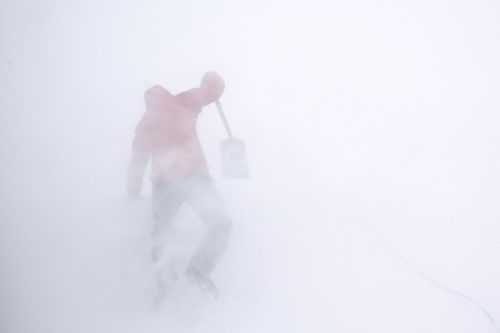
Some of that wind-blown snow found its way into both engines of the Twin Otter. When they were cleaned out and fired up, several of the electrical relays in the lane blew, damaging other parts of the electrical system.
So far, so bad. But it got worse. The spare parts and an engineer had to be flown in from Canada. Covid was still having its say and what should have taken three days took considerably longer, thus missing the flight from CPT to Antarctica. What followed couldn’t be made up. A flight was delayed by a NOTAM (notice to Airmen) of a missile test with a zone 1500km wide, effectively cutting Antarctica off from South Africa – who, incidentally, don’t have missiles. Then came another, smaller storm, stopping all flights.
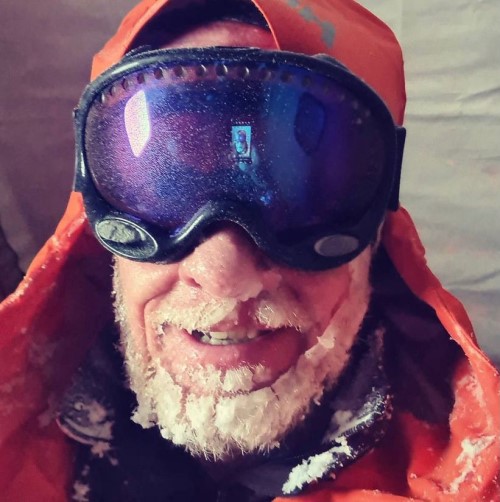
Next up was an aborted landing due to low visibility and snow squalls – which occurred for the precise hour window the lane had. If it had arrived 45 minutes earlier or 45 minutes after there wouldn’t have been a problem.
Roll on yet another storm of ‘just’ 50mph winds and Cape Town sent in a ‘heavy’ airbus to bring supplies along with our long-awaited parts. This time the plane started its descent before a warning light indicated a low-level engine problem. Normally that might be ignored, but it is a risk that can’t be taken in such a remote location. So the landing was aborted yet again.
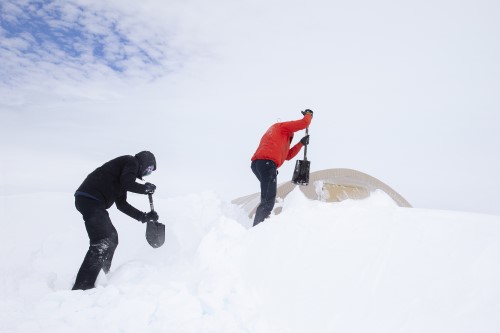
You can probably guess what came next? Yes, yet another storm, this time stopping flights for another three days. Wind reached 80mph and caused more damage to the camp. Heating systems became a problem and moral all-round was distinctly dropping.
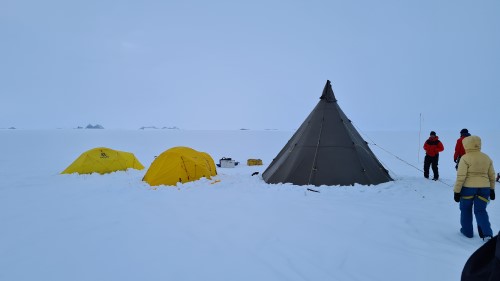
Enough is Enough
At this point we decided to pull the plug. Even if the plane came in with parts for the twin, there were no guarantees it would fly to full capabilities. It would have then have required at least two test flights and after that we’d have been beholden to a weather window for getting up to the plateau. Given the course of the ‘season’ who would put money on one of those opening up?
Postscript: The flight on which we left Antarctica brought in some new staff who unsuspectingly introduced Covid-19 into the camp. This obviously resulted in even more disruption and caused the camp to be closed down for the rest of the season. The Twin Otter also broke down again within two days.